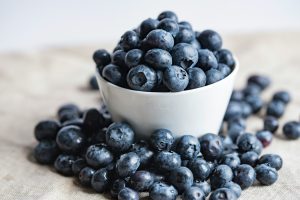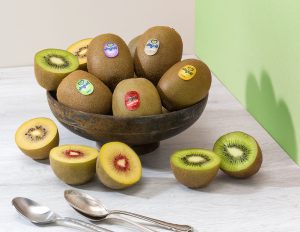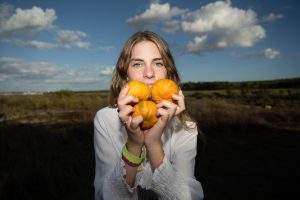The Spanish 2023 avocado campaign closed with a “disastrous” balance, and the 2024 campaign will once again be marked by the drought, with the subsequent drop in produce in the main production area, the province of Malaga.
Although there is still some leeway, and the producers continue looking at the sky in the hope of rain, the outlook is not good. Last year, there was a 60% drop in production and trees were felled on 30% of the farms, according to data from the Spanish Tropical Fruit Association (AET).
In this context of water shortage and loss of profitability, there are farmers in southern Spain who are reconsidering the feasibility of the crops; while producers from provinces such as Huelva, Cadiz and Valencia, have opted for avocados taking over from more traditional crops. For their part, most of the companies specialising in sub-tropical fruit have been widening their horizons in areas with fewer water problems for some time now and there are also some who are diversifying the crops looking for ‘gold mines’ such as pistachio nuts.
The Chairman of the AET, Álvaro Palacios, declared to Efeagro that many lemon and orange producers have moved over to growing avocados as “they only need good weather and a little more water” and, in turn, they offer greater profitability.
A trend that is confirmed by a study carried out by the Universities of Huelva and Extremadura and AGQ Corporación Tecnológica, in which they indicate that Andalusia and Valencia are the regions that are climatically most suitable for avocado growing.
The study starts out with the fact that the expansion of avocado growing that has occurred in recent decades over the entire Spanish mainland owing to the high demand and high prices – which have made the crop very attractive, have not always followed climatic suitability criteria, putting the sustainability at risk.
According to the researchers, avocados originally come from tropical and subtropical regions and they have some highly specific weather requirements that must be met to ensure a good production. And, although they warn that this crop may be grown in some areas of southern Andalusia and Valencia, but not the rest of the mainland, the company Aguacastur, specialising in avocado growing in northern Spain, has shown that Asturias can be the exception to the rule.
In Salas (Asturias), Andrés Ibarra, one of the creators of Aguacastur, sensed the potential of this region as an avocado producer for the first time. “I saw a very tall tree and I identified it as an avocado tree and that it had fruit on it,” he recalled in an interview with Efeagro. From this point on, he travelled around the Cantabrian region in 2009 and to his surprise, he discovered that “there were thousands of them.”
He subsequently started his own plantation and although at the start he had “many criticisms”, after the plants passed their first winter and started to grow there was a “change of mind.”
In general, the idea of cultivating avocados in the north of the country generates “surprise” due to the different weather conditions between Malaga and this area; however, Ibarra indicates that the climate in Mexico, the main global producer and exporter, is “the same as in the north of Spain.”
The company now has 4 investors of second generation Spaniards who emigrated to Mexico and have decided to return and to opt for this crop.























